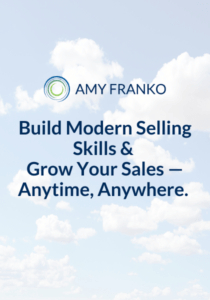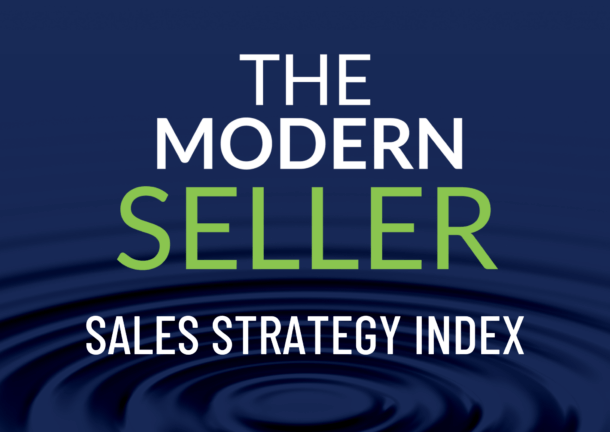Being in strategic selling, often I see sales conversations and the buying process get wrapped up in solution details way too early. I’ve done it too — my mind running a million miles an hour, jumping into creating solutions before I know enough about the true problem or why it’s a priority today.
“To get up the value chain, ask why and not how.” I recently heard Alan Weiss share this on a National Speakers Association webinar and I thought it would be worth diving into more.
When we jump into solutioning too early (the “how”), we risk losing prospect or client buy-in. We miss the opportunity to understand the “why” behind the interest. Why it matters to this person and the business. We might miss the opportunity to more creatively solve the challenge.
But the “how” can’t be forgotten. It’s ultimately the path to solving the client’s problem. A client needs confidence and proof that you can actually implement a solution that will solve the “why” for the short-term and long-term.
To move up the value chain in the eyes of the prospect or client, I see both the “why” and the “how” as equally important. What distinguishes a standout seller is getting to both; one can’t live without the other. You can build a stronger value chain by blending the “why” and the “how.”
The WHY:
- Gets to the deeper emotions and motivations of the decision.
- Creates a better connection between you, the decision makers, and the influencers.
- Helps you to get true intelligence over just baseline information.
- Positions you over your competition.
- Builds longer-term loyalty.
The HOW:
- Is an opportunity to co-create a solution with the prospect or client, which improves buy-in.
- Can be a revenue generation opportunity through billable work or proof-of-concept. Especially in consulting or services, where we’re often challenged to show our value by first giving away our expertise.
- Showcases your unique expertise. You’re competing in a world of sameness, and your “how” will differentiate you.
- Demonstrates how well you listened and incorporated the “why,” or if there are opportunities to improve.
To help you blend the “why” and the “how,” below are some strategic questions you might add to your sales conversations.
- What’s creating the priority for solving this specific problem right now? (You’ll begin to learn what’s really going on their business, and what executive or senior leader might be the most interested in solving it.)
- If we solve it, what will that do for the business? (Usually in here, you’ll get some nuggets on how it will also help this person individually.)
- What have you tried in the past? Follow-up: What worked well that you could apply to a future solution? What wouldn’t you repeat?
- Who else besides yourself would be involved in deciding on a solution? Who would be involved in implementing it?
- What do you see as the challenges we might come up against?
- What level of interest do you think there would be in a whiteboarding or strategy session to dig into this further?
With these questions, you can begin to unwind both the “why” and the “how.” You can also gauge the quality of the opportunity, and its importance to your prospect or client right now.
Amy Franko is a sales leader turned entrepreneur, sales keynote speaker, and author. She’s passionate about two things professionally: sales and leadership. She works with professional services, insurance, and technology organizations to improve sales results and build future sales leaders. Her book, The Modern Seller, is an Amazon best-seller and Top Sales World finalist. Learn more and download a free chapter.

 Our Strategic Selling signature sales training program is now available online. This online sales learning program is ideal for professional services and B2B sales. Get started with 2 free lessons.
Our Strategic Selling signature sales training program is now available online. This online sales learning program is ideal for professional services and B2B sales. Get started with 2 free lessons.